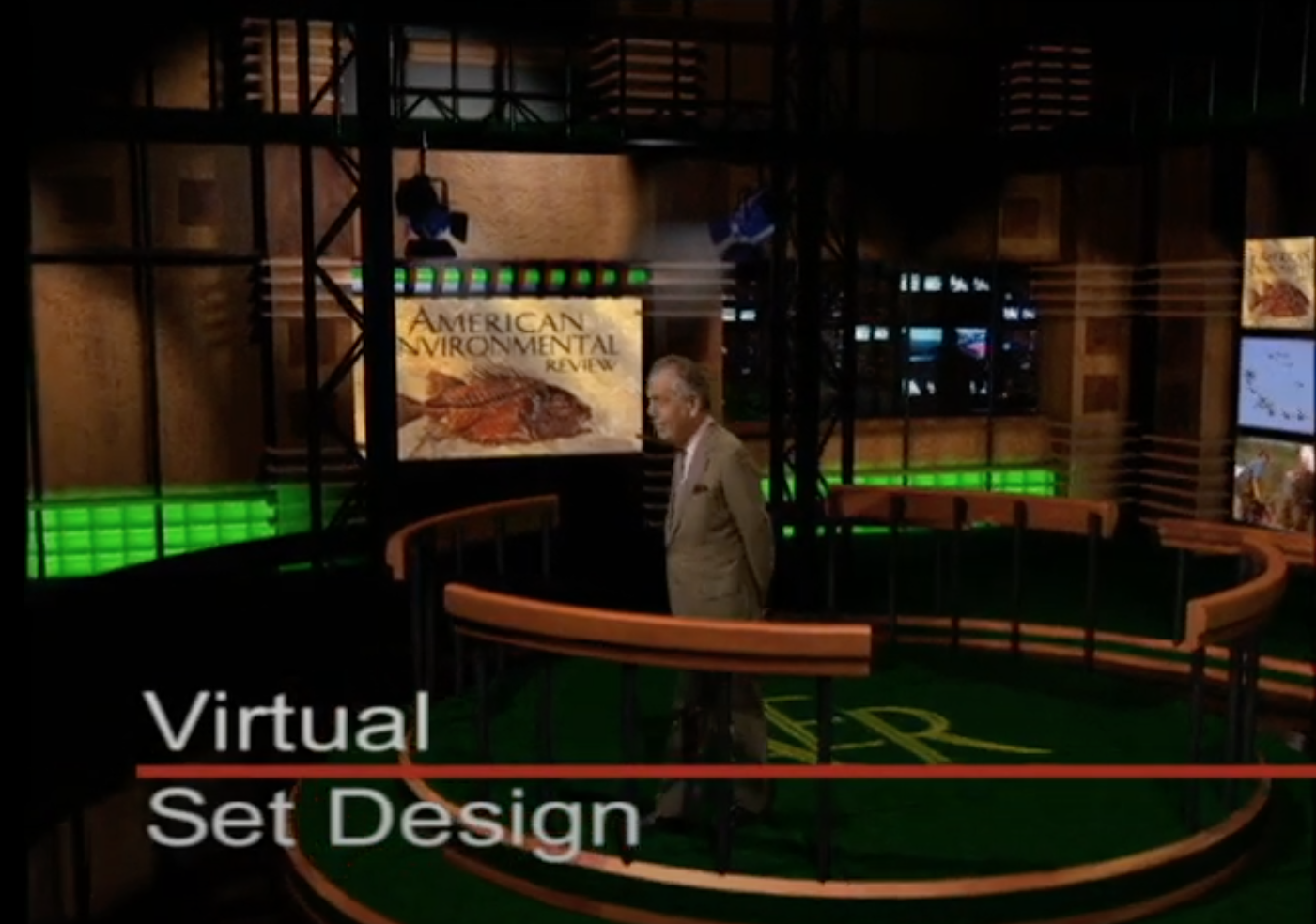I started doing computer animation back in the early 90’s first with a now long gone product called Topas and then got my hands on one of the first copies of 3D Studio in DOS. This started me on a career that would take me away from architecture into the world of 3D animation. After completing my first animated educational CD-ROM called “Exploring Ancient Architecture” I purchased a Silicon Graphics box for about $75k and Alias Animator Software for another $30k for my studio. But 3D Studio was re-written for Windows and was introduced as 3D Studio Max for around $3K that would run on a $5k computer. I soon had a room full of computers in my studio all running this new software. Alias/Wavefront Maya came out as an upgrade to my Alias Animator system, but it could never hold a candle on television budgets to what I could do with Max. My studio was eventually purchased by CrossTV, a Christian television production company that was owned by the same owner as television marketing company called WJMK. I worked alongside the employees at WJMK to not only produce to animations for the Christian production company but also the virtual sets and show opens for WJMK. Besides the great crew I worked with on a daily basis, I got to be technical director on green screen sets directing amazing talent like John Stossel, Morely Safer, and Walter Cronkite.
Doing computer animation back then was all about really pushing the limits of what the computers and software was capable of doing. Things that are staples of todays effects like clouds, smoke, fire, and even reflections where extremely hard to do because of the computer power needed to render them. I had to work out a lot of tricks to do these effects. There wasn’t any such thing as real time rendering either. A single simple frame would take from 2-60 minutes to render. Changing lighting, materials, and animated motion was a long process. I had a tower of computer slaves in a rack that we would use for rendering. Rendering high definition frames would have been out of the budget for television and was only reserved for the motion picture industry. All of the animation was rendered at 720×480, low resolution by todays standards.
